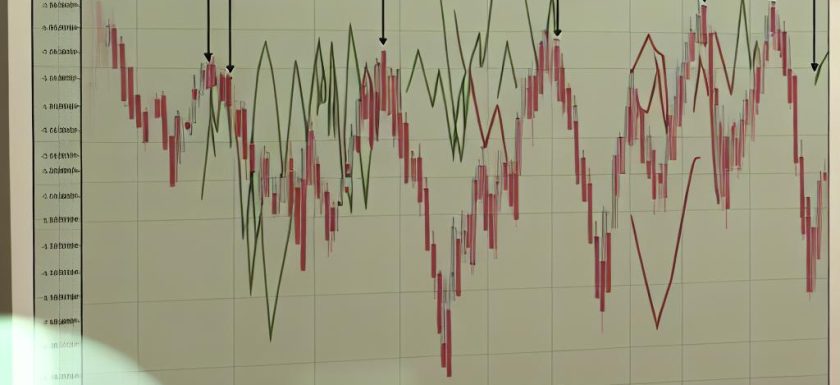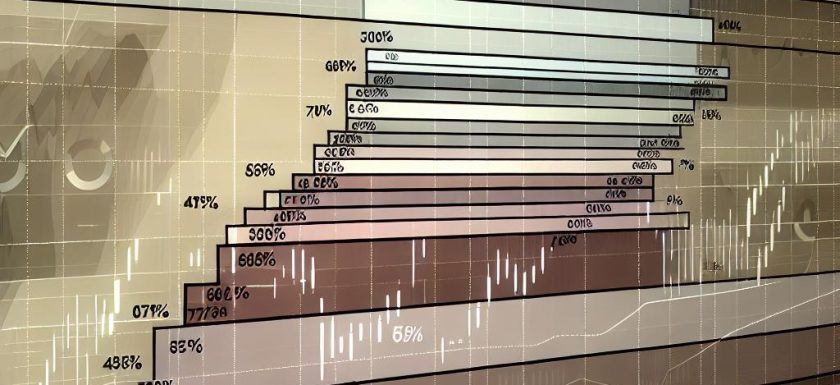
The Role of Market Sentiment in Index Technical Analysis
The Role of Market Sentiment in Index Technical Analysis Understanding the dynamics of market sentiment is crucial for anyone engaging in index technical analysis. Market sentiment, often referred to as investor sentiment, reflects the overall attitude of investors towards a particular market or index. This sentiment can significantly influence market prices, trends, and even technical indicators, making it an important factor for analysts. Defining Market Sentiment Market sentiment can be defined as the prevailing mood of investors regarding market conditions. It is a reflection of the collective psychology and emotional responses of market participants. Sentiment is influenced by various factors including economic indicators, news events,Read More →









